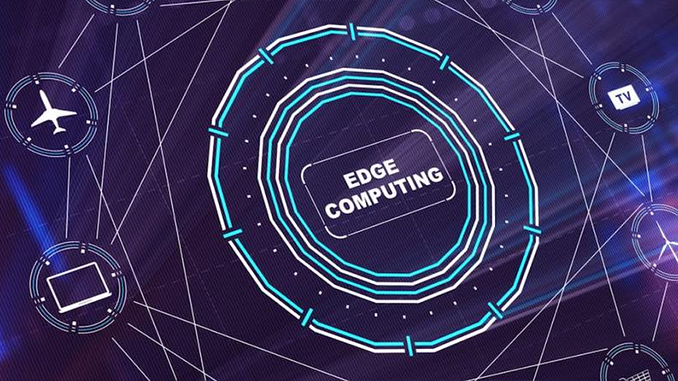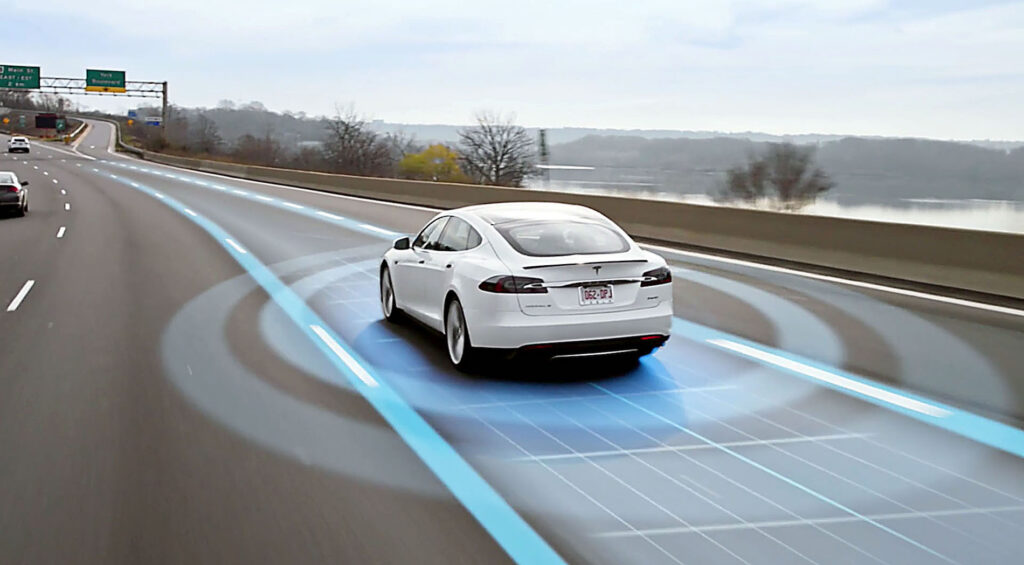
Imagine processing data right where it’s created—whether on a factory floor, inside a car, or within your smart home. This is the transformative power of Edge Computing. By minimizing reliance on centralized cloud systems, Edge Computing enables faster, smarter, and more responsive technologies. As we move into 2025, Edge Computing is becoming a pivotal technology that supports the burgeoning demands of IoT, AI, and autonomous systems. In this blog post, I’ll explain why Edge Computing is becoming essential in 2025, the advancements expected, notable real-world implementations, and the substantial value it brings to businesses and individuals alike.
Strategic importance in 2025
Edge Computing’s strategic importance in 2025 is underscored by the skyrocketing demand for real-time data processing. As the number of IoT devices advances and industries adopt AI-driven applications, the limitations of traditional cloud computing – such as latency and bandwidth constraints – become increasingly problematic. Edge Computing addresses these challenges by bringing data processing closer to the source, thereby delivering faster response times, enhanced security, and greater scalability. This proximity to data generation points makes Edge Computing indispensable for next-generation technologies, ensuring that businesses can operate efficiently and stay competitive in an ever-evolving digital environment.
Notable advancements and innovations
In 2025, Edge Computing will benefit from significant advancements, particularly through the integration with 5G networks and GenAI. The rollout of 5G is drastically reducing latency, making real-time data processing more feasible and reliable. AI at the edge – where devices themselves analyze and process data without needing to send it to a central server – will become increasingly prevalent in industries such as healthcare and autonomous vehicles. Moreover, hybrid edge-cloud architectures will emerge, offering the best of both worlds by combining the local processing power of Edge Computing with the vast storage and analytical capabilities of cloud systems. These advancements will enhance the efficiency and effectiveness of Edge Computing, broadening its applications and impact.
High-impact implementations
Edge Computing is already transforming various industries with impactful implementations. In the automotive sector, Tesla’s Autopilot driver assistance system relies on Edge Computing to process data from cameras and sensors in real-time, enabling autonomous driving capabilities that enhance safety and performance. In manufacturing, Siemens MindSphere utilizes Edge Computing to monitor machinery on the shop floor, identifying inefficiencies and preventing breakdowns instantly, thereby optimizing production processes. Retail giant Walmart is deploying Edge Computing systems to enhance in-store experiences, from real-time inventory management to personalized promotions, ensuring a seamless and efficient shopping experience. These examples highlight how Edge Computing is driving efficiency, reducing costs, and fostering innovation across different sectors.

Value to business and society
Edge Computing delivers substantial value to both businesses and society by addressing the critical need for low-latency data processing and enhancing overall operational efficiency. For businesses, Edge Computing reduces latency, enhances reliability, and lowers costs by processing data locally. GE Healthcare leverages Edge Computing to enable faster image processing during medical scans, improving diagnostic accuracy and patient outcomes. In the telecommunications industry, Verizon utilizes Edge Computing alongside 5G to power ultra-responsive services such as augmented reality (AR) gaming and smart city applications, enhancing user experiences and operational efficiencies.
On an individual level, Edge Computing translates to smarter and faster technology integration into daily life. Devices like Amazon Echo are increasingly handling voice recognition locally, making interactions faster and more secure. Wearable health devices, such as Fitbit, utilize Edge Computing to analyze data on the spot, providing real-time insights into users’ health without the delays associated with cloud processing. Additionally, Edge Computing supports the development of smart homes, where real-time data processing ensures seamless control of household devices and improved user experiences.
Strategic advice for business and tech leaders
To effectively harness Edge Computing, business leaders should prioritize identifying use cases where low latency or localized data processing can deliver a competitive advantage, such as predictive maintenance or enhanced customer experiences. Partnering with established Edge Computing platforms like AWS IoT Greengrass or Microsoft Azure IoT Edge can streamline the implementation process and provide access to cutting-edge technologies and support. Additionally, ensuring robust cybersecurity measures is paramount, as Edge Computing involves processing more data locally, which can increase vulnerability to cyber threats. By focusing on these areas, leaders can successfully integrate Edge Computing into their operations, driving innovation and efficiency.
Closing thoughts
Edge Computing represents a fundamental shift in how we process and utilize data, moving from centralized cloud systems to decentralized, localized processing. This paradigm shift not only enhances operational efficiency and security but also supports the development of next-generation technologies that require real-time data processing. As we look toward 2025, embracing Edge Computing will be crucial for businesses and individuals aiming to stay ahead in an increasingly connected and data-driven world.

If you wish to learn more about how to manage emerging digital technologies, don’t hesitate to purchase my book Mastering New and Emerging Technologies for Innovation released in 2025 where I present a model (TMM-NET) for evaluating the timely maturity of emerging technologies and walk you through 43 new digital technologies.





Be the first to comment